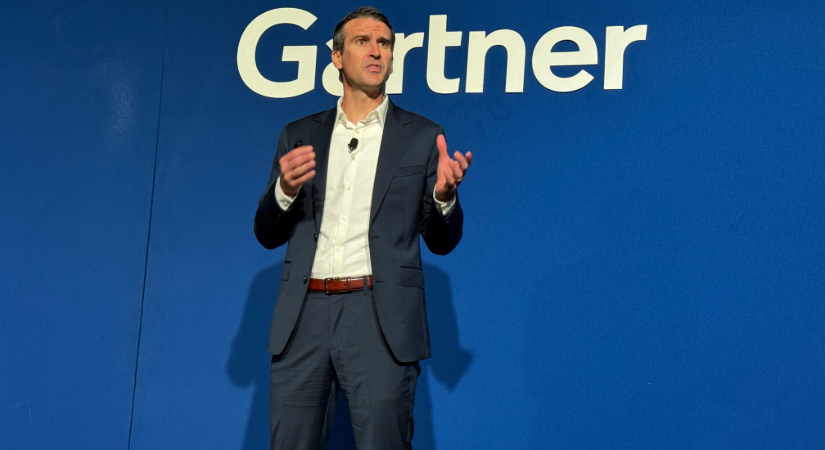Gartner Survey Shows Risk Orientation is Critical to Chief Audit Executive Effectiveness
- Inno-Thought Team

- Aug 30, 2023
- 2 min read
Survey of 114 Chief Audit Executives Revealed Three Drivers of the Most Effective Audit Leaders

Chief audit executives (CAEs) have identified risk orientation, stakeholder management, and team leadership as the top three characteristics of the most effective individuals, according to a survey by Gartner, Inc.
In April 2023, Gartner surveyed 114 CAEs across 180 areas to identify the most important measures of an effective CAE, and the six that were the most significant included: management satisfaction; CAE and audit department performance; perception of the CAE; audit engagement quality; CAE impact; and team engagement.
“In terms of CAEs being ‘effective’, it can ultimately be measured by important organizational risk outcomes, such as risk-informed decision making, the number of surprise risk events, recovery times after risk events, and delivering a coordinated risk response,” said Tim Berichon senior director analyst in the Gartner Risk & Audit Practice. “The more personally effective a CAE is, the better those outcomes will likely look in an enterprise.”
Three main drivers were correlated with higher levels of effectiveness (see Figure 1).
Figure 1: The Three Drivers of Higher CAE Personal Effectiveness

Source: Gartner (August 2023)
Risk Orientation
“Risk orientation was the single biggest factor driving high CAE personal effectiveness scores in our study,” said Berichon. “CAEs with high-risk orientation improved their personal effectiveness by up to 47%.”
Risk orientation results in the CAE’s audit plan aligning with top enterprise risks, and audit’s risk assessment aligning with other functions. Further, audit recommendations are well-aligned to enterprise risk appetite.
“Everything internal audit does should be oriented to risk,” said Berichon. “Given the importance of risk orientation, it’s also interesting to note that effective CAEs are more likely to actively participate in enterprise risk management (ERM).”
Stakeholder Management
Stakeholder management drove an up to 30% improvement in CAE personal effectiveness. This involves regular informal discussion with key stakeholders, and an empathetic understanding of their motivations and priorities. The CAE monitors the concerns of key stakeholders, and CAEs understand how they are perceived by others.
“The most effective CAEs view themselves more as a strategic executive and are aspirational in the role,” said Berichon. “A vital characteristic of a high-performing executives is a strong rapport with stakeholders throughout the enterprise, and this is another main attribute found in the more effective CAEs.”
Team Leadership
Effective team leadership underpins effective CAEs. Coaching team members towards their goals and helping them to develop in their role is important, as well as encouraging direct reports to meet their counterparts across the business to discuss ongoing projects.
“This is not just about goals and priorities but about listening to, and understanding, the needs of a team,” said Berichon. “An effective team leader fosters an open culture where team members share thoughts and ideas, and helps people make connections that will aid their development.”













































Comments